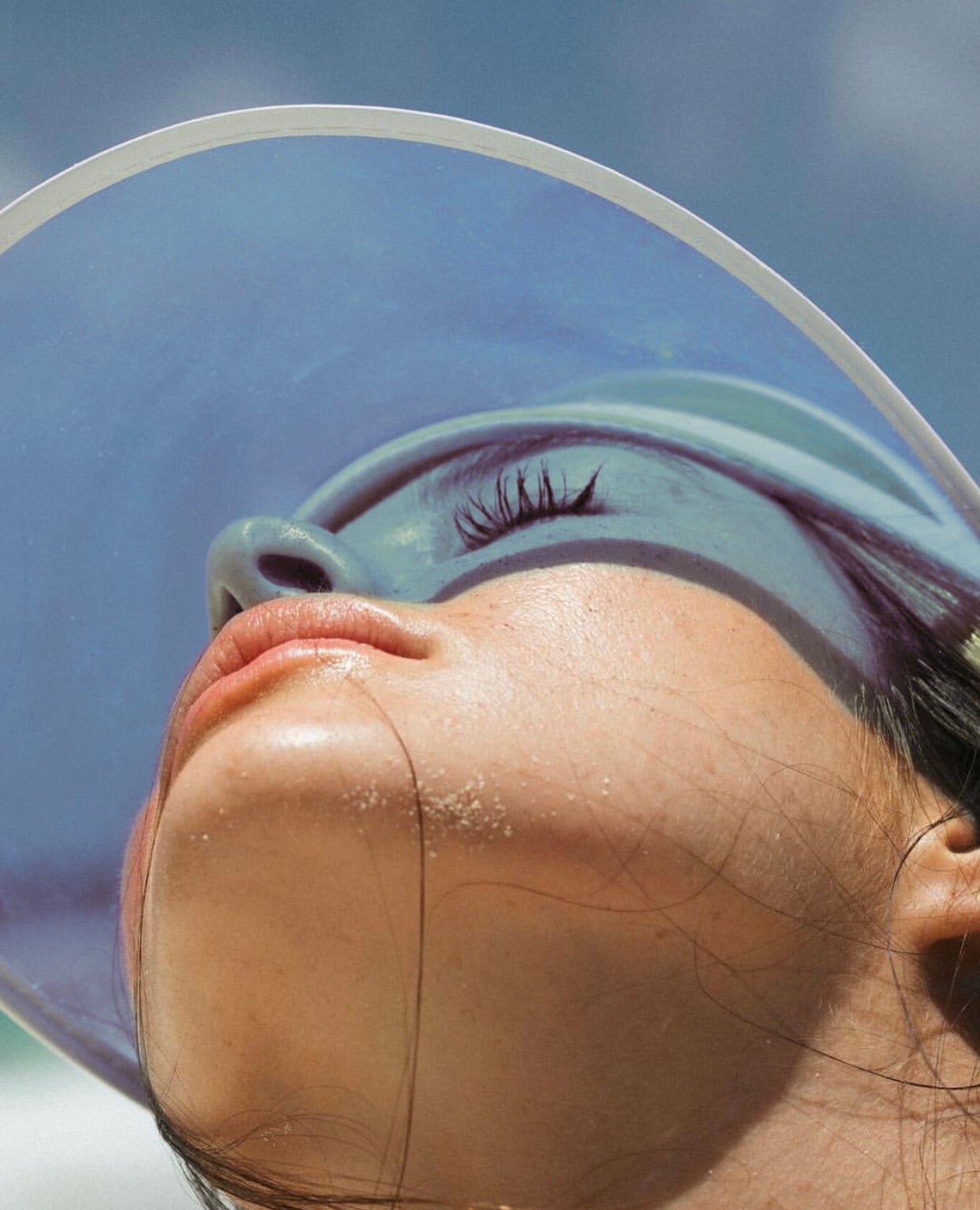New to using SPF? Don’t stress! We broke down the dos and don’ts so you don’t have to
The idea that embracing the skin you’re in all boils down to how you care for it. Your skin is the largest organ in your body, so why do we push skincare to the backburner so easily? Skin types are as diverse as we are, one of a kind. Not everyone has that exact beauty mark under your eye, or a dash of freckles in the same placement as yours. Some spots and freckles are ones you are born with, while others have bloomed from sun worshiping over the years. And that’s all okay! One thing we all collectively have in common is the need to care for our skin and protect it from outside and environmental effects, such as sun damage. Merriam-Webster defines freckles as, “any of the small brownish spots in the skin due to augmented melanin production that increase in number and intensity of exposure to sunlight”. Harpers Bazaar released an article about the ins and outs of freckle types after consulting with a dermatologist. They learned that there are different types of skin pigmentation: freckles, solar lentigines, lentigo maligna melanoma, melasma, and hyperpigmentation in different skin tones. It sounds like a lot, I know. Long story short, all of these beautiful marks on your face aren’t necessarily freckles, but are different types of pigmented marks to be aware of (definitely call up your dermatologist if you have questions). The key to a beautifully freckled face is taking care of your skin with the long term in mind. Starting with the basics, we’re zoning-in on three important letters that will drastically prep your skin for the future, SPF.

So, what’s the big deal with SPF?
Well, we need to protect our skin from the damaging effects of UVA and UVB rays that cause sun damage and can even lead to skin cancer. The Skin Cancer Foundation published an article explaining the difference, “UVB rays cause sunburn and play a key role in developing skin cancer... UVA rays cause skin damage that leads to tanning as well as skin aging and wrinkles. The shortest wavelengths of UVA rays also contribute to sunburn.” So when you’re shopping for sunscreen, make sure that “broad spectrum” is somewhere on the label so you know you are protecting your skin from both types of rays.
How do I know which numbered SPF to use?
According to the FDA, “There is a popular misconception that SPF relates to the time of solar exposure. For example, many people believe that, if they normally get sunburned in one hour, then an SPF 15 sunscreen allows them to stay in the sun for 15 hours without getting sunburn. This is not true because SPF is not directly related to the time of solar exposure but to the amount of solar exposure.” So they’re saying that the little number on your bottle of sunscreen does not mean the time you can spend outside sunbathing? It actually means that the number correlates to the number of rays from being out in the sun and the amount of damage it can help prevent. Okay, now that the shock is over, let’s dive a little deeper. Look at it this way, if you’re outside when the sun is beating at its highest in the middle of the day, you might want to use a higher SPF. On the other hand, if you are outside in the sun in the early morning or evening you could go with a lower SPF because the sun’s rays are less intense at these times, so your risk of sunburn is lowered. But what about tanning? Using sunscreen won’t prevent tanning, which is a common misconception, but you need to keep in mind that tanning isn’t exactly safe for your skin.
What is the difference between a physical and chemical sunscreen?
Alright so physical, or mineral, sunscreens have ingredients that sit on the top of your skin to block UVA and UVB rays from reaching your skin by reflecting these rays off the surface. Make sure to look for products with zinc oxide or titanium dioxide and you’ll be good to go. Chemical sunscreens, on the other hand, contain ingredients that absorb UVA and UVB rays and release them out as heat. If you stick with chemical sunscreens, try to avoid ingredients like oxybenzone because when your skin absorbs certain chemicals it could be harmful to your health in the long run. Either one is great and will protect your skin, getting the job done. Physical sunscreens sometimes leave a white cast since they sit on the surface of your skin, but chemical sunscreens may cause health risks by absorbing unnecessary chemicals. Making sure your skin is protected by wearing an SPF is already a step in the right direction to optimal skin health!

Why faux freckles?
Some people are born with them, some people have sun-induced freckles (wear SPF people!), and others choose a sun-safe method of faux freckles. Either way, they are a look and we will always have a soft spot for those gorgeous specks, no matter how natural or faux they range. For now, we are using our trusty Pseudo Labs PHreckles. With our range of shades, it’s easy to flick your desired faux freckles right onto your skin for an effortless sun-kissed glow, no sun damage necessary!
Which shade of PHreckles are you most excited about this Summer? Let us know in the comments!
